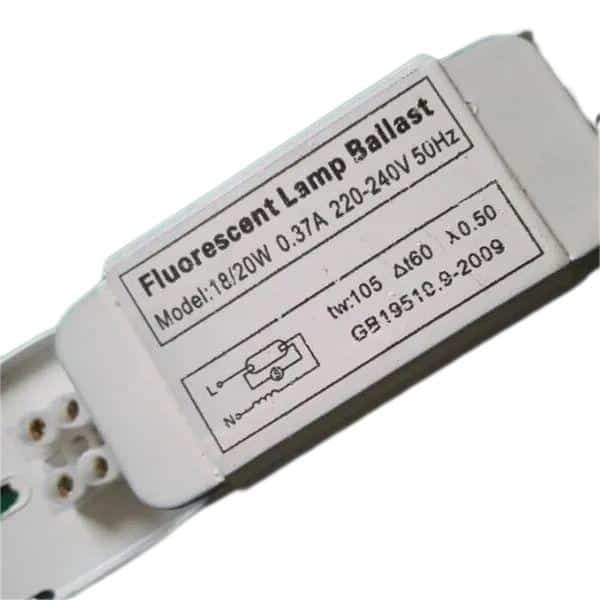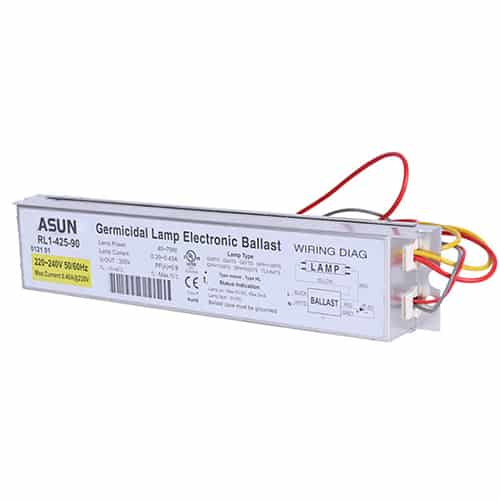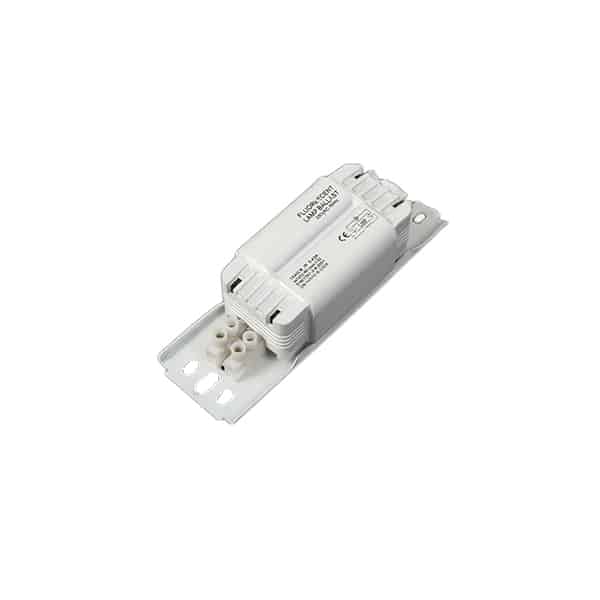Fluorescent light ballasts are critical components in lighting systems, ensuring the proper operation of lamps by regulating voltage and current. However, when a fluorescent light starts to flicker, buzz, or fail to turn on, the ballast is often the culprit. Knowing how to test a fluorescent light ballast is essential for diagnosing issues and maintaining an efficient lighting system. This guide will walk you through the process step by step.
A fluorescent light ballast regulates the current flowing through a fluorescent lamp and provides the initial voltage required to start it. Without a ballast, the lamp could draw excessive current, leading to overheating and damage. There are two main types of ballasts: magnetic and electronic. Magnetic ballasts are older and rely on a core and coil to regulate current, while electronic ballasts use advanced circuitry for more efficient and reliable operation. Both types can fail over time, necessitating testing to identify and resolve the issue.
Before diving into testing, it’s essential to recognize the signs of a faulty ballast. Common symptoms include flickering lights, buzzing or humming noises, a burnt or charred smell near the fixture, and lamps that fail to turn on or produce dim light. Identifying these signs early can prevent further damage and help maintain a safe and efficient lighting system.
Safety is paramount when working with electrical systems. Before testing a ballast, turn off the power to the lighting fixture and ensure it is disconnected from the main electrical supply. Use a voltage tester to confirm there is no live current. Wear insulated gloves and use appropriate tools for electrical work to minimize the risk of shock. If you’re unsure about any step, consult a professional electrician to avoid accidents.
To test a fluorescent light ballast, you’ll need a few essential tools, including a multimeter, a screwdriver to access the fixture, a voltage tester, and protective equipment like insulated gloves and goggles. These tools will help you safely and accurately diagnose the ballast’s condition.
Start the testing process by removing the fixture cover to access the ballast. Depending on the fixture type, this may involve unscrewing or unclipping the housing. Once exposed, visually inspect the ballast for any signs of damage, such as burn marks, swelling, or leaks. A burnt or charred smell is another indicator of a faulty ballast.
Next, confirm that there is no power running through the fixture using a voltage tester. This step ensures your safety and prevents accidental shocks during testing. With the power confirmed off, set your multimeter to the continuity setting and test the wiring connections. Place the probes on the ballast’s terminals to check for breaks or faults in the circuit. If the multimeter shows no continuity, the ballast is likely damaged and needs replacement.
After checking continuity, use the multimeter to measure the ballast’s internal resistance. Set the multimeter to the appropriate ohms range and compare the readings to the manufacturer’s specifications. A zero or infinite resistance value indicates a fault. For further testing, measure the ballast’s output voltage while the power is temporarily restored, if it is safe to do so. Ensure the output matches the lamp’s requirements. Any deviations suggest the ballast is not functioning correctly.
If the ballast appears functional but the lamp still doesn’t work, test other components of the lighting system. Check the starter (if present) and the fluorescent lamp itself, as these parts can also cause similar issues. Ensure all wiring connections are secure and free of corrosion or damage. Environmental factors like high humidity or extreme temperatures can also affect ballast performance, so consider these as part of your troubleshooting.
Interpreting test results is critical to diagnosing the problem. A failed continuity or resistance test indicates the ballast is damaged and should be replaced. If the output voltage is outside the specified range, the ballast is not delivering the necessary power for the lamp to operate. These results make it clear when a ballast has reached the end of its useful life.
If testing confirms a faulty ballast, immediate replacement is necessary. Signs such as visible damage, burnt components, or failed electrical tests leave no doubt that a new ballast is required. Consider upgrading to an electronic ballast for improved energy efficiency, reduced noise, and better performance. Regular maintenance, such as inspecting fixtures and replacing lamps promptly, can also extend the lifespan of ballasts.
While testing a ballast can often be done with basic tools and knowledge, there are situations where professional help is advisable. If the wiring or system configuration is complex, or if you’re unsure about the safety of the process, consulting a licensed electrician is the best choice. A professional can ensure accurate testing and safe operation of your lighting system.
Preventive maintenance is another key to avoiding ballast failure. Regularly inspect fixtures for signs of wear and tear, clean them to prevent dust buildup, and ensure lamps are replaced before they fail entirely. Using compatible lamps and following manufacturer guidelines can also reduce the strain on ballasts, enhancing their longevity.
In conclusion, testing fluorescent light ballasts is a straightforward process that can save time and money by identifying issues early. By using the right tools, following safety precautions, and interpreting test results correctly, you can diagnose ballast problems and maintain an efficient lighting system. Regular maintenance and timely replacements further ensure reliable operation, making your lighting system both effective and long-lasting.




